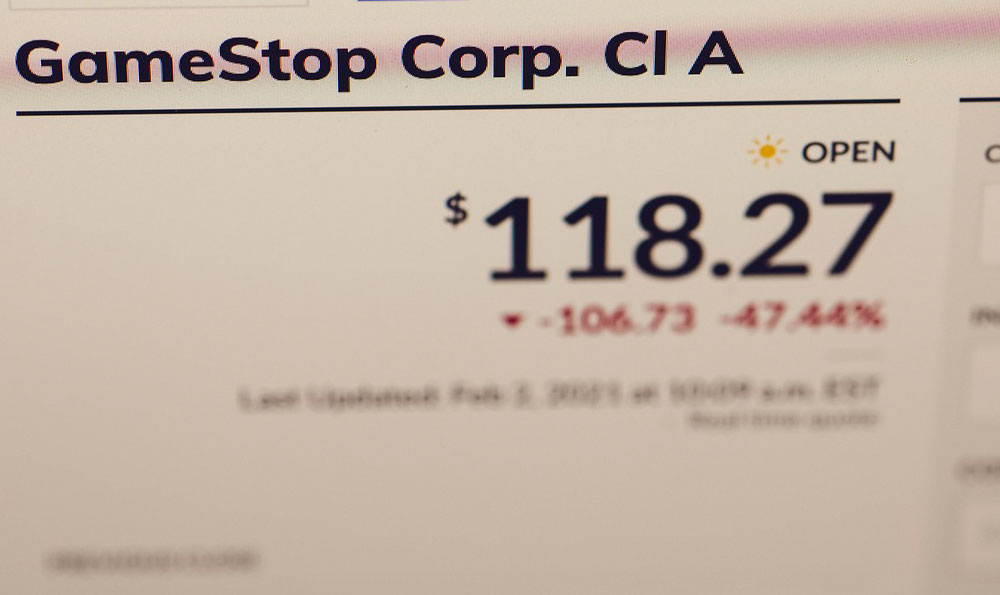Alright, let's delve into the fascinating and often enigmatic world of YouTube Shorts monetization. Understanding the earning potential on YouTube Shorts is crucial for creators deciding where to allocate their time and energy in the ever-competitive landscape of online video platforms. While traditional long-form YouTube content has established pathways for revenue generation, Shorts presents a slightly different, and evolving, ecosystem. The answer to "How Much Can You Earn on YouTube Shorts?" isn't a simple dollar figure; it's a nuanced equation involving several factors.
The primary avenue for monetizing YouTube Shorts is through the YouTube Shorts Fund. This fund, launched to incentivize creators to produce short-form vertical videos, represents a significant shift in YouTube's monetization strategy. Unlike the traditional YouTube Partner Program (YPP), which relies heavily on ad revenue, the Shorts Fund operates on a bonus system. YouTube allocates a specific amount of money each month and distributes it to eligible creators based on the performance of their Shorts.
Eligibility for the Shorts Fund is determined by several criteria. Firstly, creators must adhere to YouTube's Community Guidelines, monetization policies, and copyright rules. This includes avoiding copyright infringement by using original content or properly licensing any copyrighted material used in their Shorts. Secondly, creators need to have uploaded at least one eligible Short in the preceding 180 days. Crucially, views on YouTube Shorts are a major driver for determining eligibility. While there's no exact view threshold universally applied, YouTube considers factors like views, engagement (likes, comments, shares), and audience location. Think of it as YouTube identifying the most engaging and popular Shorts that resonate with viewers.

Now, let's talk about the money itself. The amount creators can earn from the Shorts Fund varies wildly. It's not a fixed rate per view, like some might expect. Instead, YouTube uses a proprietary algorithm to determine the bonus amount awarded to each eligible creator. Factors considered include the creator's overall channel performance, the engagement rate of their Shorts, and the geographic location of their audience. For example, a creator whose Shorts consistently garner high engagement from viewers in the United States, Canada, or the United Kingdom, where ad rates are generally higher, is likely to receive a larger bonus than a creator with similar view counts but whose audience is primarily located in regions with lower ad rates. The bonus amounts can range from a few dollars to thousands of dollars per month.
It's essential to manage expectations realistically. Becoming wealthy solely from YouTube Shorts is highly unlikely for most creators. The Shorts Fund is designed to encourage and support creators, not to provide a guaranteed income. While some creators have reported earning substantial bonuses, these are typically the exception rather than the rule. Consistent content creation, high engagement, and a growing subscriber base are vital for maximizing earnings from the Shorts Fund.
However, the Shorts Fund isn't the only potential revenue stream associated with YouTube Shorts. The platform is actively exploring other monetization options, and some creators are already finding alternative ways to generate income. One such method is leveraging Shorts to drive traffic to their long-form YouTube content. By creating engaging Shorts that pique viewers' interest, creators can encourage them to subscribe to their channel and watch their longer videos, which are monetized through traditional ad revenue. This indirect monetization strategy can be highly effective, especially for creators who produce both Shorts and long-form content on the same topic.
Another potential avenue for monetization is through brand sponsorships and collaborations. As YouTube Shorts gains popularity, brands are increasingly looking to partner with creators to promote their products and services. Creators can incorporate branded content into their Shorts, showcasing products, providing reviews, or participating in sponsored challenges. The earning potential from brand deals can be significant, but it requires creators to build a strong brand reputation and cultivate relationships with advertisers. Furthermore, it is crucial to maintain transparency and disclose any sponsored content to comply with advertising regulations and maintain audience trust.
Affiliate marketing is another viable option. Creators can include affiliate links in the description of their Shorts, directing viewers to purchase products or services from partner companies. When viewers click on these links and make a purchase, the creator earns a commission. Affiliate marketing can be particularly effective for creators who review products, offer tutorials, or share recommendations in their Shorts. Choosing relevant products that align with their niche and target audience is essential to drive conversions and maximize earnings.
Merchandise sales also provide a potential revenue stream. If a creator has built a strong brand and loyal following, they can sell merchandise such as clothing, accessories, or other products branded with their logo or catchphrases. Promoting merchandise in Shorts can be an effective way to drive sales and generate additional income.
Looking ahead, YouTube is likely to introduce new and innovative ways for creators to monetize Shorts. The platform is constantly experimenting with different monetization models, and it's only a matter of time before additional options become available. This could include features like Super Chat for Shorts, allowing viewers to pay to have their messages highlighted during live Shorts broadcasts, or the integration of e-commerce functionality directly into Shorts, enabling creators to sell products directly from their videos.
In conclusion, while the specific earning potential from YouTube Shorts remains somewhat unpredictable, it's clear that Shorts presents a valuable opportunity for creators to build their audience, increase their visibility, and potentially generate income. The key is to create engaging, high-quality content that resonates with viewers, build a strong brand, and explore the various monetization options available, from the Shorts Fund to brand sponsorships and affiliate marketing. Success on YouTube Shorts requires a combination of creativity, hard work, and a strategic approach to monetization. As the platform continues to evolve, creators who adapt and experiment with new strategies will be best positioned to unlock the full earning potential of YouTube Shorts.











